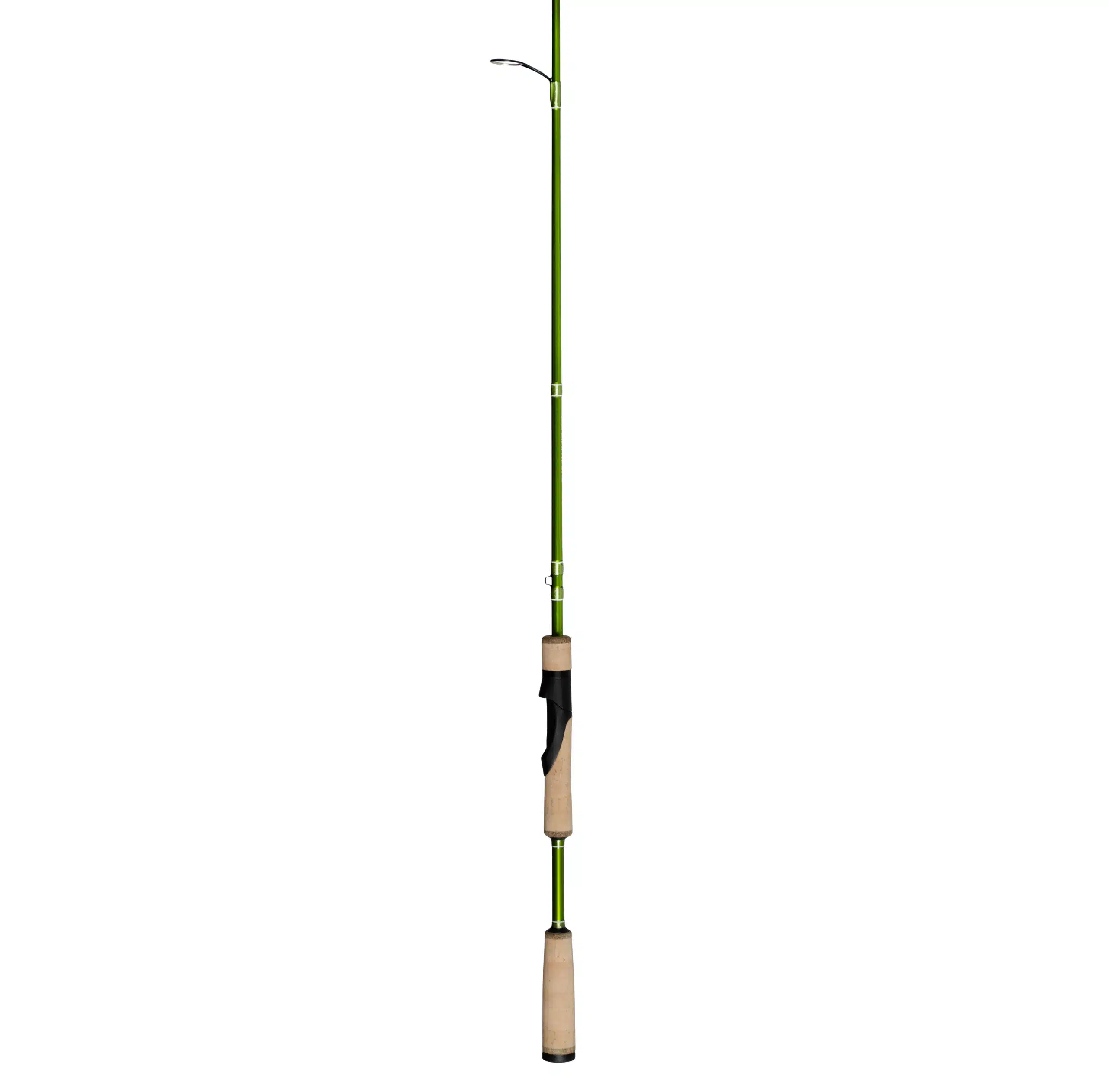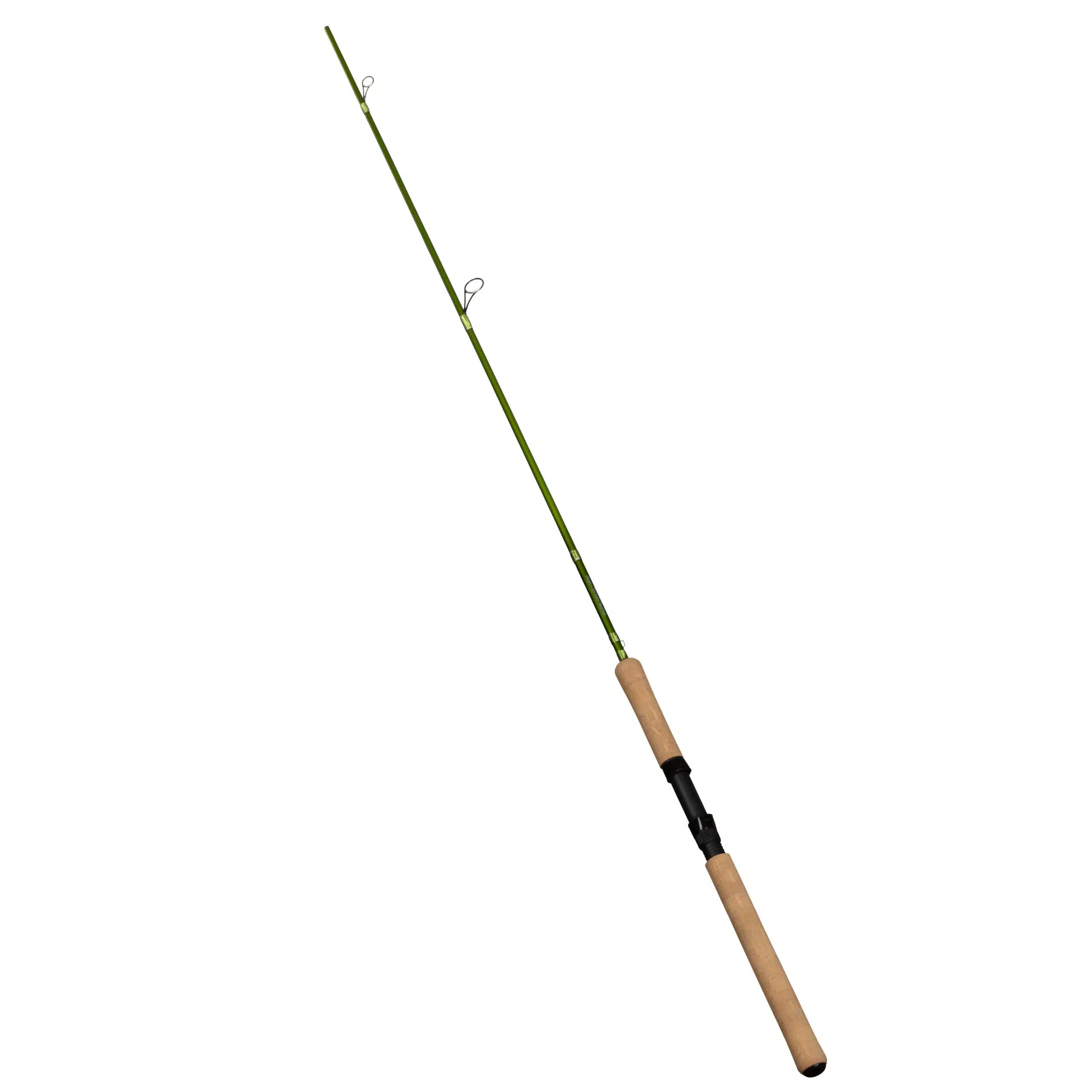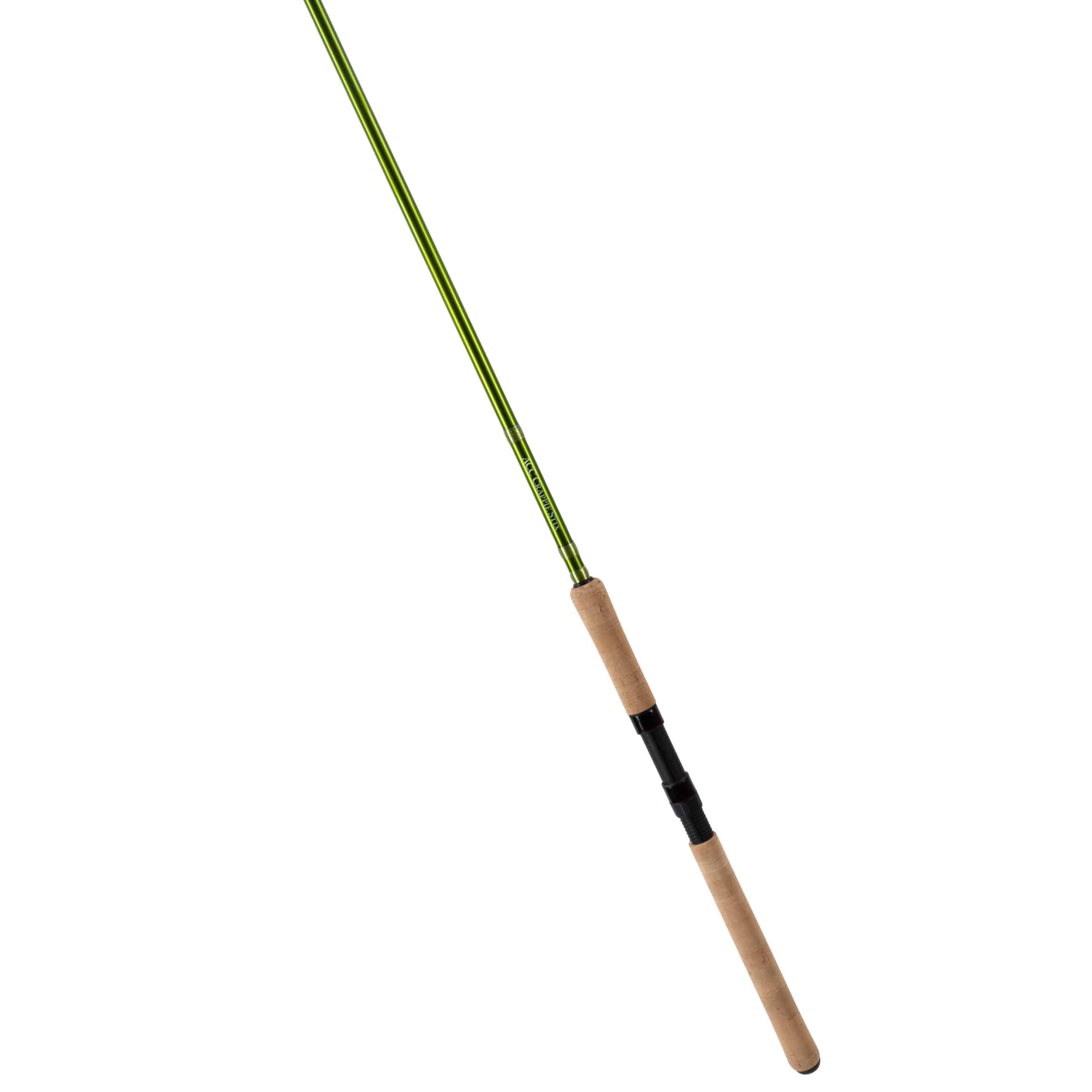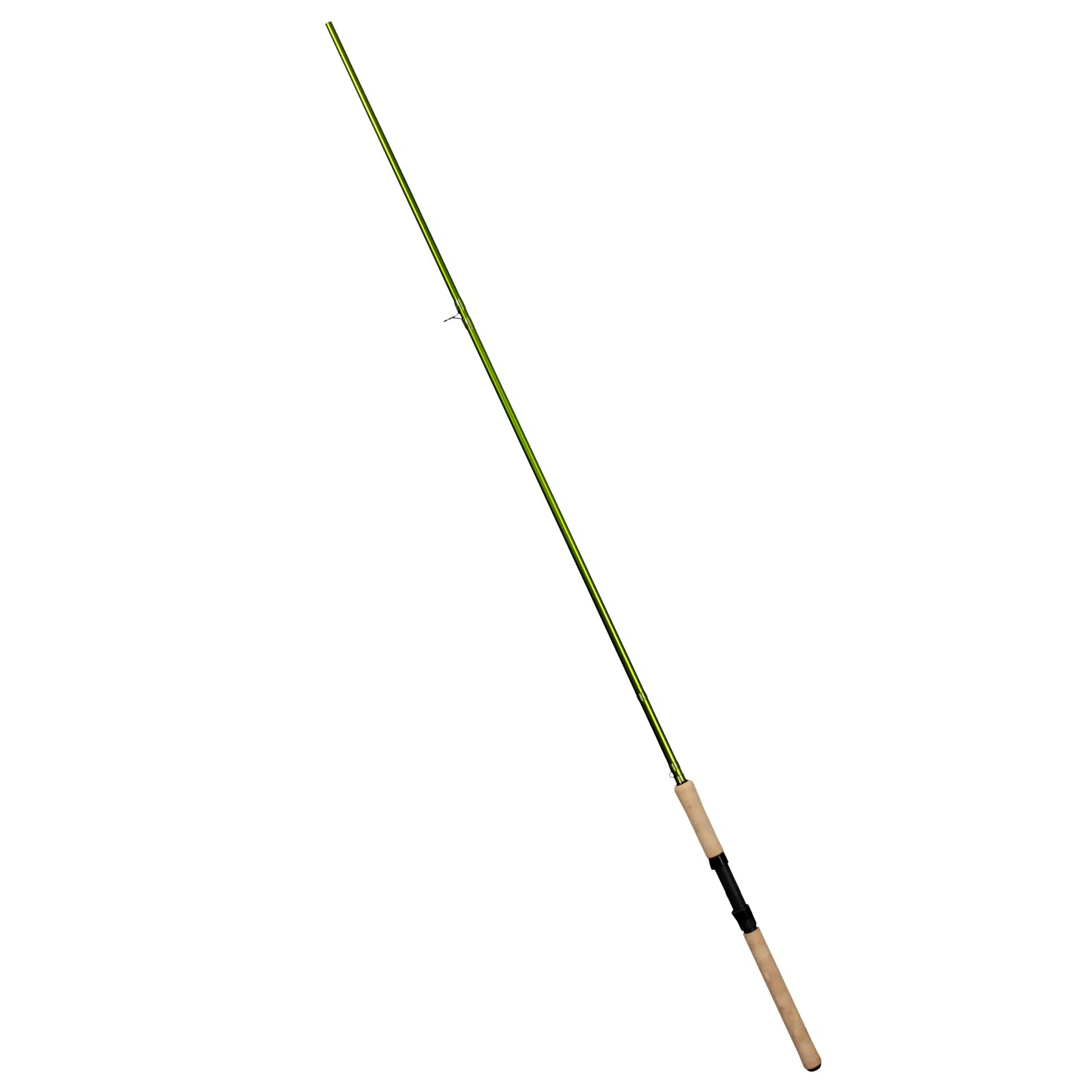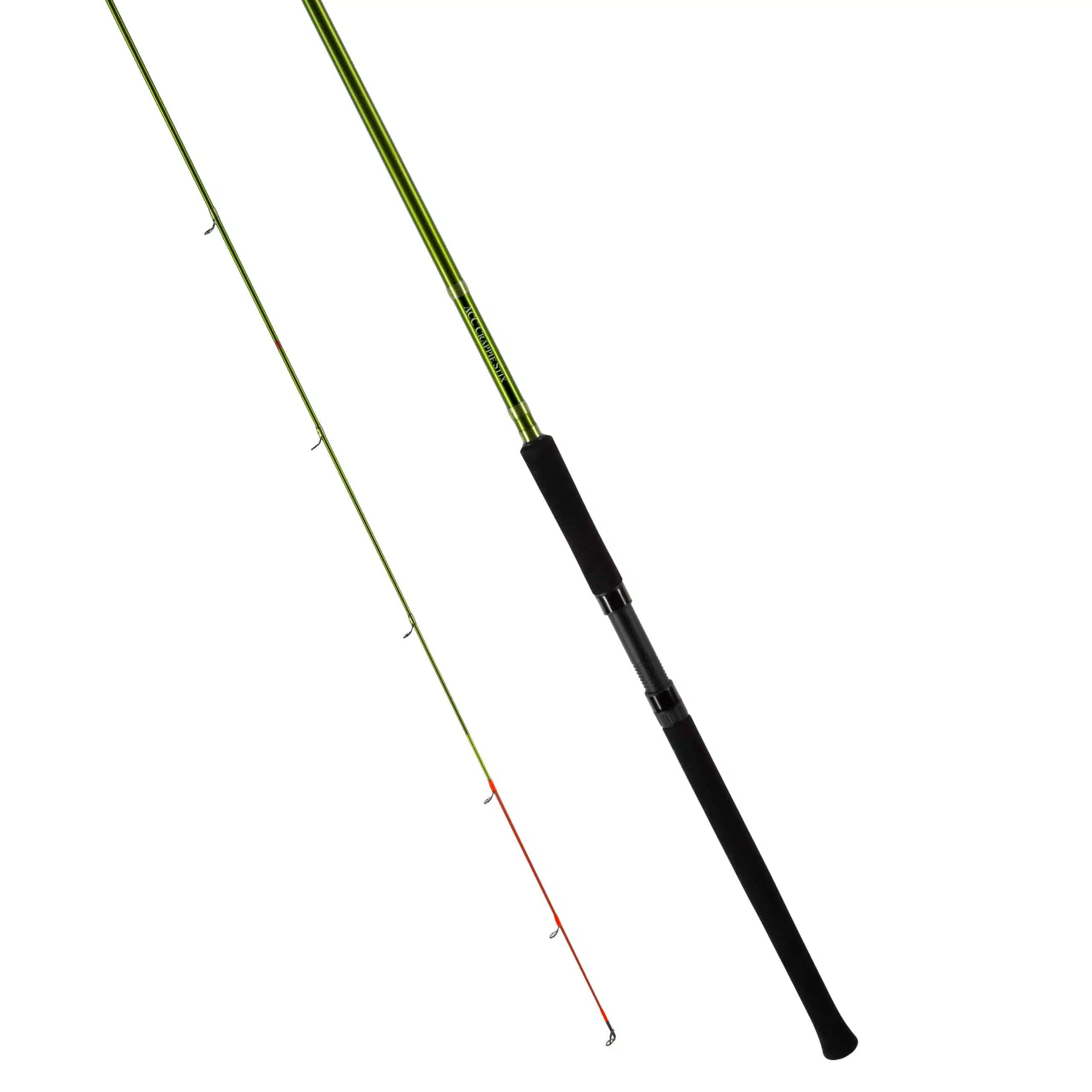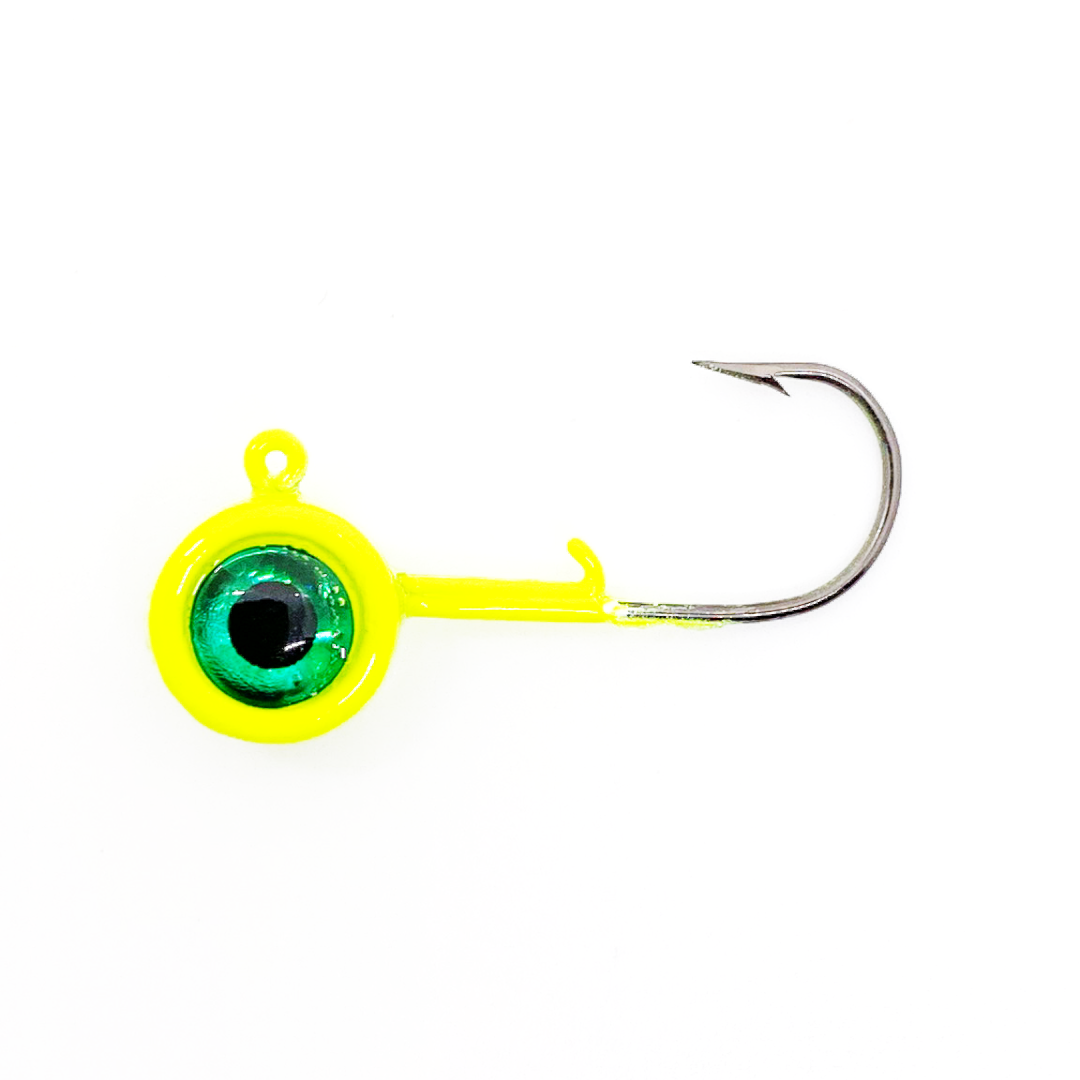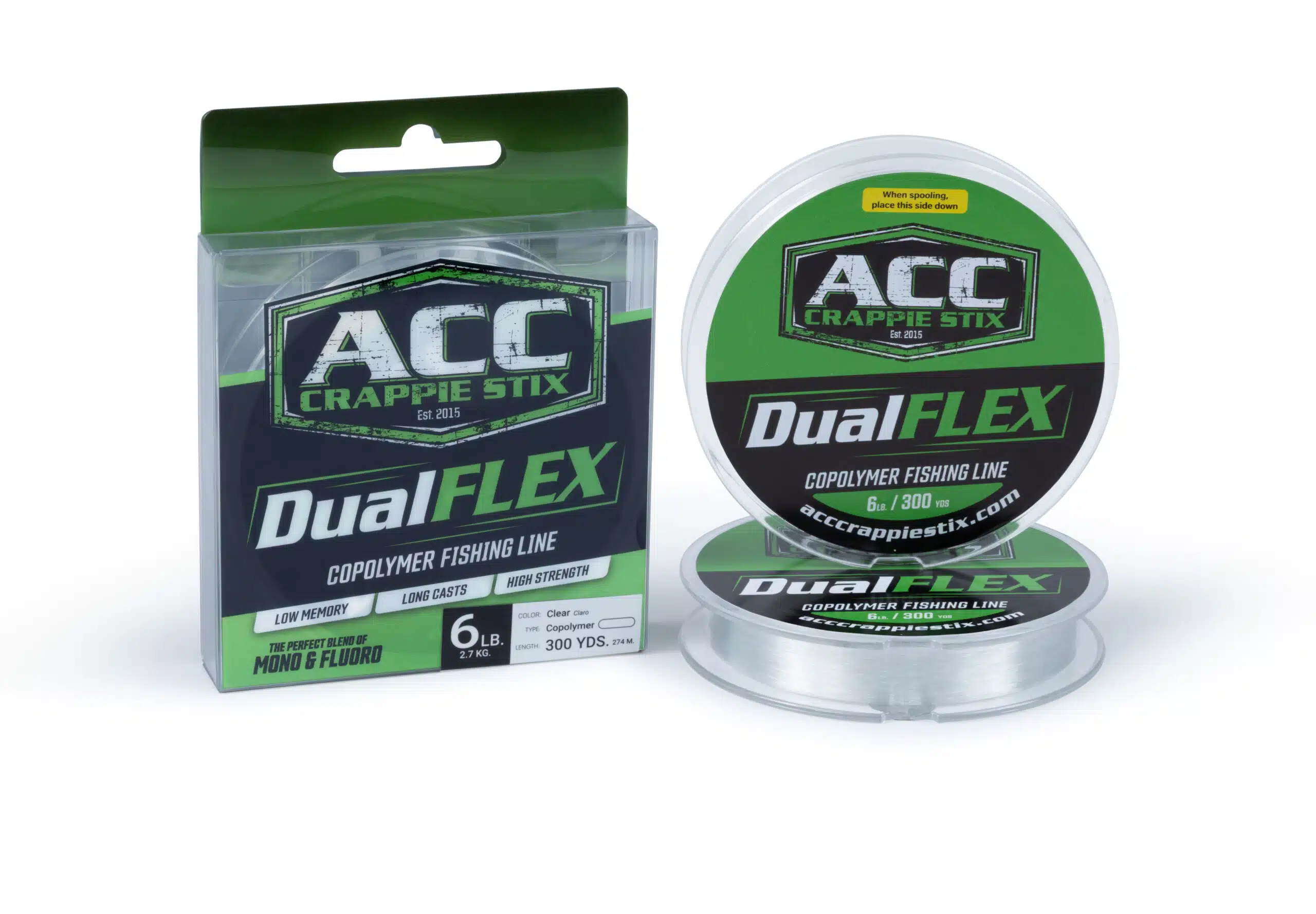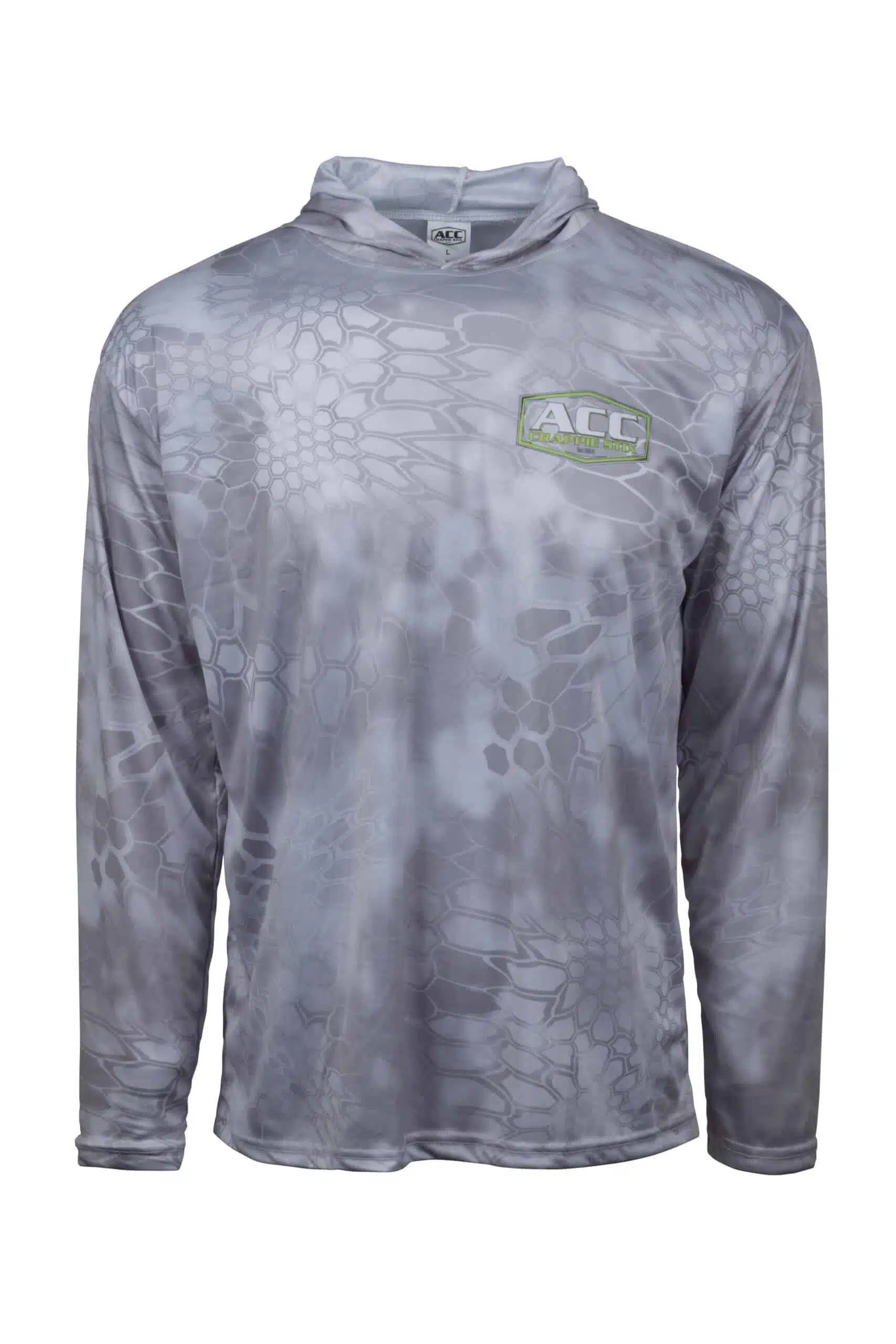The ACC 16-footer: More than a trolling rod

By Greg McCain
When Mississippi tournament competitor Shane Johnson joined the LiveScope generation about three years ago, he didn’t have to look far for the rod he would use. He already had it in the boat.
Shane, an ACC pro staffer from Madison, MS, and a member of the ultra-competitive Magnolia Crappie Club, had long practiced other crappie-catching techniques, including various trolling presentations. When he mounted the LiveScope on his boat, he didn’t rush out and buy a traditional jigging pole. Instead he picked up his 16-foot ACC Crappie Stix trolling rod and went to work.
With all the possibilities available – ACC jigging poles from 10’-13’ – Shane opted to use the longer trolling rod to fill his needs. In the interim since starting to use LiveScope, Shane became a master of lure manipulation with the 16-footer and regularly placed high in the standings of prominent tournaments, including winning a couple of Magnolia club titles in the process.
Shane’s basic premise for using the trolling pole is simple. The added length allows him to intercept crappie farther from the boat while still maintaining the rod and bait control necessary to fool fish on a given day.
“The reason that I started using it is so I can get out farther away from the boat,” Shane said. “A lot of these fish, due to pressure, become spooky. It’s easier for me to get away from the boat with the 16’.”
Shane demonstrated his prowess on a recent outing on Enid Lake with ACC owner Andy Lehman. I had actually fished with Shane on a similar trip in the fall of 2020, but the most recent opportunity to watch his skill and precision with the long rod showed just how far he had progressed with his technique in a year.
In the boat with Mississippi guide Tim Howell, we fished in the same general vicinity as Shane and Andy but not with the same success. Tim and I struggled to catch fish that appeared on the LiveScope screen. We were casting and flipping to the crappie, which did not seem interested in a moving bait at all in the post-front weather conditions. In contrast, just about every time we glanced over at Shane, he seemed to be setting the hook and dragging a fish to the boat.
“They want it still and away from the boat,” Andy said at one point as we eased past their boat. “That’s why he’s catching them and nobody else is. He’s wearing them out with that long pole.”
By the end of the morning session, Shane had caught at least double the number of fish of all the rest of the group combined.
“It’s probably not for just anybody, but it works for me,” Shane said.
Later that day, I got in the boat with Shane, and he continued to demonstrate the use of the 16-foot rod.
“When I pitch it out, I’m pitching to about 25 feet,” he said. “Then I can keep the bait on the fish’s nose out to about 14 feet. If I were using a shorter pole, I wouldn’t be able to keep that bait out that far from the boat and risk spooking fish.”
On the days that the fish are holding tight, Shane does not change rods. He simply feeds a portion of the rod behind him, effectively reducing the length.
“I can pitch all the way in to about 10 feet,” he said. “I may have to retract down the pole using the 16, but I can keep it on (a fish’s) nose.”
Lure control is achieved not only by manipulating the rod but also by feeding the line with the free hand. Shane rarely flips the bail of the reel, meaning no casting is involved.
“There is no retrieve whatsoever,” he said. “I use this left hand to help guage my depth. Even when I drop it down, I will still have the line in my left hand. I can boat flip a fish with the line in my hand. (Holding the line in the left hand) also helps control the line when I pitch it.”
Shane can create a pendulum effect with the set-up and uses it when the fish are willing to chase a bait. He finds less movement is better on many days, however.
“There are certain times of year they don’t want it swinging by them,” he said. “So you just have to hold it on their nose, sometimes 30 seconds if you can keep it there and keep the fish from spooking.”
Is the 16-footer a go-to rod for everyone? Probably not, Shane emphasized, but hours of use has made it the best LiveScoping rod for him.
“I get tired after having it in my hand for a long time, but it’s usually worth it,” he said.
Check out all models of ACC Crappie Stix at www.acccrappiestix.com. The 16-footer is found there under the products link along the full complement of ACC rods.

